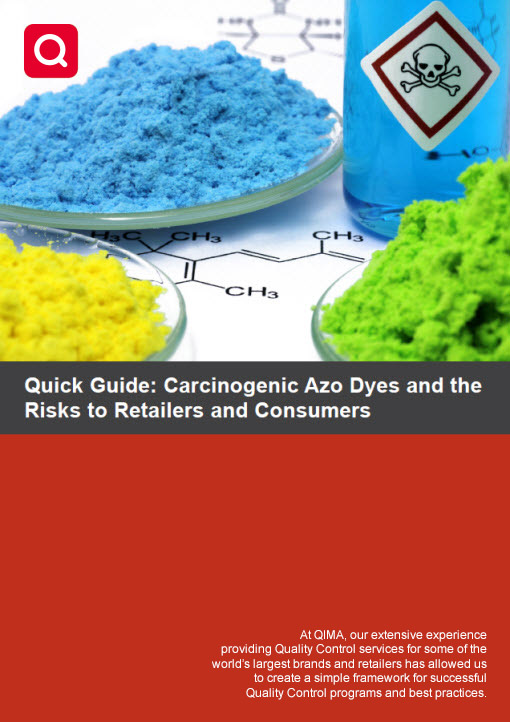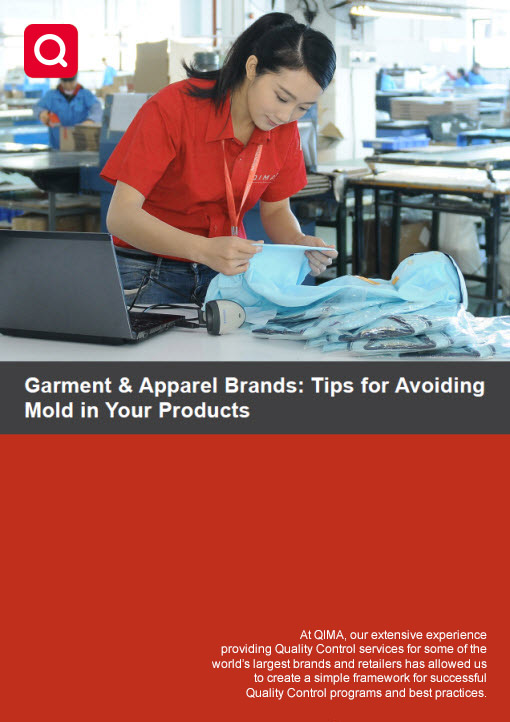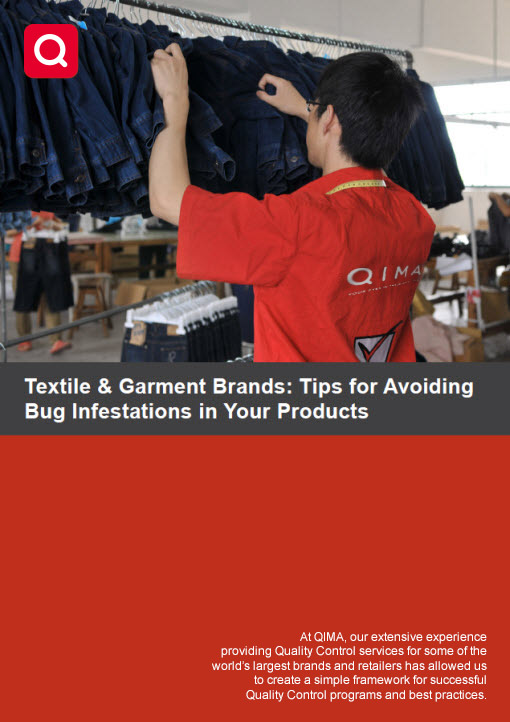Applying REACH Standards To the Textile Industry
By now, all European textile manufacturers and importers must be aware of REACH (Registration, Evaluation, Authorization and Restriction of Chemicals), perhaps the most sweeping--and complicated--legislation created by the European Union and its Member States to protect consumers and the environment against the use of hazardous chemicals.
General awareness, however, is very different from fully understanding the producer or importer’s role in the registration process; which chemicals often found in textile products are considered harmful and therefore restricted from use; or when it is necessary to register chemical substances with the European Chemical Agency (ECHA).
Failure Begins Without Proper Guidance
Proper actions must be followed to ensure your products won’t be turned away from the EU market due to an unexpected detection of a restricted chemical in a material you commissioned from a factory in Vietnam, or your failure to register an overlooked production substance used in excess of the REACH Registration threshold limit.
QIMA's REACH compliance services can set you on the right path for understanding which regulations and restrictions apply to your industry and your product; offering technical advice, technical file portfolio assistance and verified third-party testing which will help you place your textile product in the EU market with confidence.
Chemical Testing -- Avoiding the Hazards
Harmful chemicals, as identified by the European Chemical Agency (ECHA), are known as Substances of Very High Concern (SVHC)--meaning any substance considered to be:
- Carcinogenic, mutagenic, or toxic to reproduction (CMR)
- Persistent, Bioaccumulative and Toxic (PBT)
- Identifiable as the probable cause of human or environmental health hazards
For the textile industry, this generally means chemicals found in fabric dyes and finishes, but these restrictions can also be applied to metals found in garment zippers as well as the product’s packaging material.
The content of SVHC in your product cannot exceed 0.1% of the total product weight, so making sure your chemical testing is done with precision and in accordance with all applicable standards cannot be left to chance.
The SVHC list is substantial, constantly growing and full of chemicals you may not have even considered in your product. (You can access the complete list here.)
QIMA can help you identify the SVHCs you could encounter in the course of textile production and perform all necessary chemicals tests to make sure your products don’t contain such chemicals as:
Azo dyes -- a set of nitrogen-based synthetic dyes, which are relatively cheap and easy to produce. Under REACH regulations, many different types of azo dyes have been banned from use as a textile colorant because they are known to break down and release carcinogenic chemicals harmful to human health.
Nickel and its compounds -- traditionally used for garment items like zipper and metal marks, Nickel alloys can have adverse effects on human skin, immunity and cardiovascular systems. It falls under the 0.1% of total product weight restriction.
Perfluorooctane sulfonic acid commonly used as a surface treatment for clothing, leather goods and carpets, it is an example of a restricted substance based on its persistent, bioaccumulative properties. It is labeled as a Persistent Organic Pollutant (POP)
Relying On Your Supply Chain
If all chemical aspects of your textile manufacturing are in your direct control, your production processes are more likely to be transparent, and therefore, chemical testing in accordance to all of your target market regulations--as well as your own standards--can be a fairly straightforward process.
However, if you depend on an upstream supply chain for the dyed or treated materials which you intend to bring to the EU market, you will want to be certain that they meet all applicable regulations. To prove that, your suppliers must be able to produce accurate, regularly-maintained testing records of their own.
Any doubt as to the fidelity of your overseas supplier can mean the difference between your confidence in a compliant product, and your failure to make the market. Additional third-party chemical testing will assure you of your supplier’s dedication to producing the quality, compliant products they promised.
Staying On Top of All REACH Registration Requirements
For larger companies that utilize production facilities over several countries and continents, it can be complicated and time-consuming to determine which substances they are responsible for registering, not to mention to actually carry out all the registration procedure.
Not only can QIMA's comprehensive chemical testing services ensure your textile products meet all applicable regulations--REACH, CPSIA or otherwise--but they can also advise you on how you can develop and maintain your REACH portfolio so no required registration is left out.
Whether you want to begin your REACH-compliant journey into the EU market, or stay on top of your existing compliance, QIMA will help you take the guesswork out of the process.
Easily Schedule Your Textiles Lab Tests and Inspections Online
Our online platform and mobile application make it easy for you to schedule Textiles tests, inspections and receive your results at any time. Book new tests, view pending orders, and access results from your mobile device. Our online platform provides valuable supply chain insights, including a summary of your QC activity, all of your supplier’s quality stats, industry benchmarking data, and more.
Get Started: Login or Create Your Account



 Xem Demo
Xem Demo
